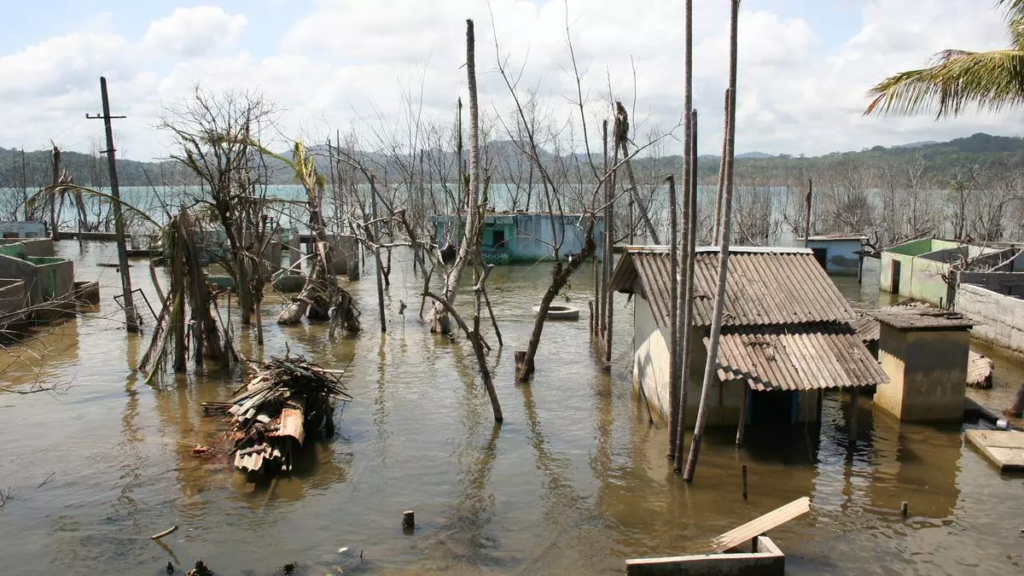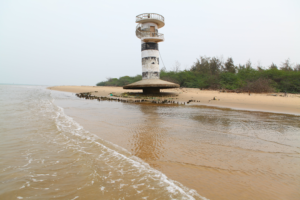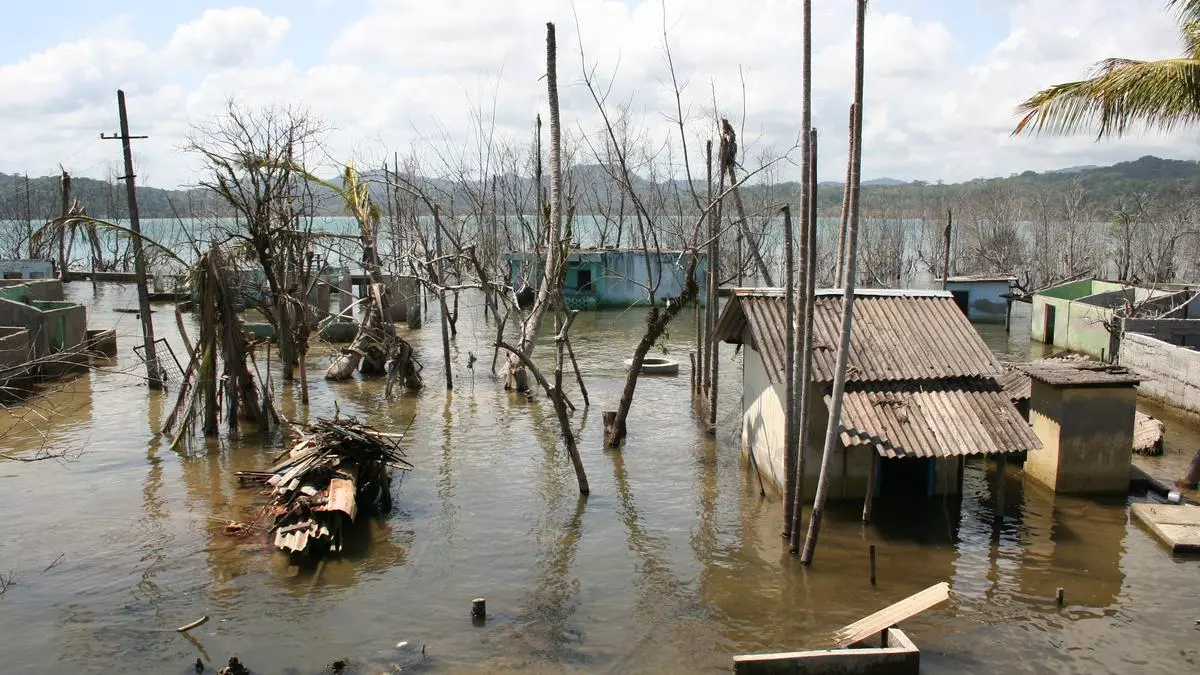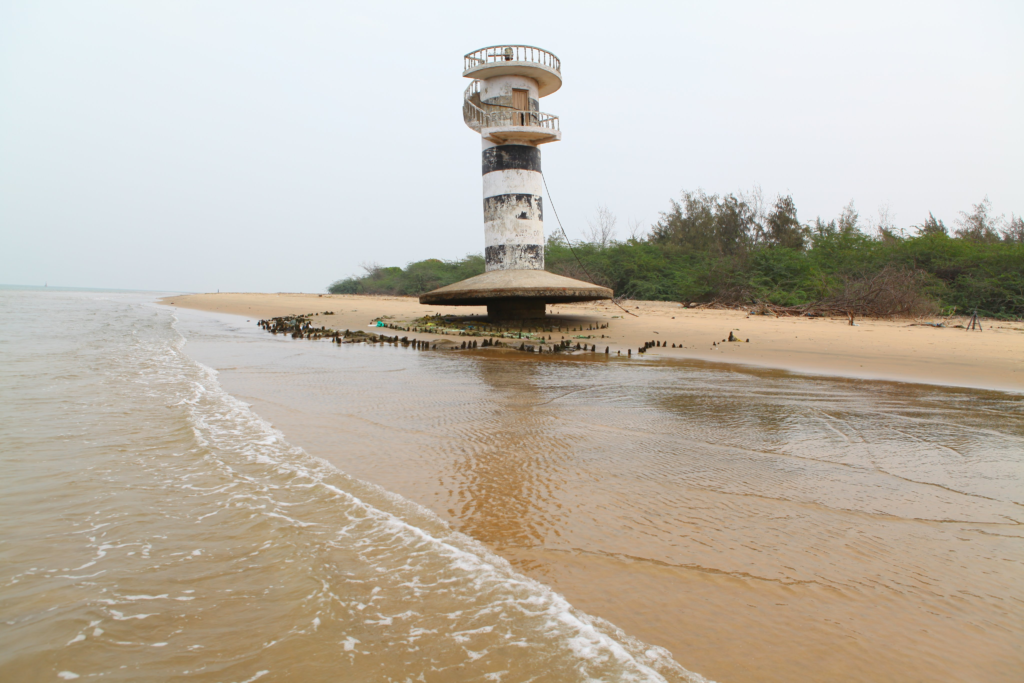Meta Description:
Explore the pristine beauty and ecological wonders of the Great Nicobar Biosphere Reserve, a hidden gem in the Andaman and Nicobar Islands dedicated to conservation, biodiversity, and sustainable travel.
Table of Contents
- Introduction
- What is the Great Nicobar Biosphere Reserve?
- Unique Flora and Fauna
- Indigenous Communities and Culture
- Ecotourism Opportunities
- Conservation Challenges
- How to Reach and Best Time to Visit
- Travel Tips for Sustainable Tourism
- Conclusion
1. Introduction
Far removed from the chaotic hum of city life lies a gem that few travelers have had the privilege to witness—the Great Nicobar Biosphere Reserve. Nestled at the southernmost tip of India’s Andaman and Nicobar archipelago, this sprawling reserve is a celebration of biodiversity, sustainability, and nature’s grandeur. If you’re a nature enthusiast, an adventurer, or a conscious traveler, this biosphere reserve is an unmissable destination.
2. What is the Great Nicobar Biosphere Reserve?
Established in 1989, the Great Nicobar Biosphere Reserve covers over 885 square kilometers and includes both terrestrial and marine ecosystems. It is part of UNESCO’s Man and Biosphere (MAB) programme, and it’s designed to promote the balanced relationship between humans and nature. The reserve includes Campbell Bay National Park and Galathea National Park, two core conservation areas teeming with wildlife.

https://images.app.goo.gl/HpXXXjDzuyeVWj869
3. Unique Flora and Fauna
The reserve is a haven for endemic and endangered species. Among the highlights are:
- Nicobar Megapode – A ground-dwelling bird known for its unique nesting behavior.
- Saltwater Crocodiles – Often seen lounging along mangrove banks.
- Giant Leatherback Turtles – The beaches serve as nesting grounds for these marine giants.
- Nicobar Long-tailed Macaque – A rare primate found only on the Nicobar Islands.
The island’s dense tropical rainforests are home to rare orchids, ferns, and medicinal plants that flourish in its untouched ecosystem.
4. Indigenous Communities and Culture
The reserve is also home to the Shompens and Nicobarese, two indigenous communities that have lived in harmony with nature for centuries. These tribes follow traditional lifestyles, relying on forest resources for sustenance. Their deep knowledge of the forest’s rhythms plays a crucial role in local conservation efforts.
Tourists are advised to respect the privacy and customs of these communities, as interaction is limited by government regulations to protect their way of life.
5. Ecotourism Opportunities
Though tourism is regulated to maintain ecological balance, there are various responsible travel options:
- Trekking through lush trails within buffer zones.
- Birdwatching tours that provide a glimpse into the rare avian species of the islands.
- Marine excursions in permitted areas to explore coral reefs and coastal ecosystems.
- Wildlife photography—but always with a conservation-first mindset.
Travelers are encouraged to explore with certified guides and stick to designated paths to avoid disturbing sensitive habitats.
6. Conservation Challenges
Despite its status, the biosphere reserve faces several threats:
- Climate Change: Rising sea levels and unpredictable weather impact nesting grounds and forest density.
- Illegal Poaching and Logging: Though under control, these still pose a threat in some areas.
- Human Encroachment: Expanding settlements and infrastructure projects can sometimes clash with conservation goals.
Authorities and NGOs are actively working on reforestation, education, and stricter wildlife monitoring programs to tackle these issues.

https://images.app.goo.gl/Ggn6jufEzmAyNKrs8
7. How to Reach and Best Time to Visit
- How to Reach:
You can reach Great Nicobar via sea from Port Blair. The journey is long (3-4 days) but offers scenic views of the Indian Ocean. There are also limited helicopter services for essential travel. - Best Time to Visit:
The ideal months are November to March, when the weather is pleasant and conducive to exploration.
8. Travel Tips for Sustainable Tourism
- Carry reusable water bottles and eco-friendly toiletries.
- Avoid single-use plastics at all costs.
- Stick to authorized guides and paths.
- Respect local traditions and avoid attempting contact with indigenous tribes.
- Do not feed or disturb wildlife.
Every small step counts when you are in such an ecologically sensitive zone.
9. Conclusion
The Great Nicobar Biosphere Reserve is not just a destination—it’s a living testament to the delicate balance between mankind and nature. Visiting here is like stepping into an untouched world, where conservation is not just a concept but a way of life. As you walk through its dense jungles, listen to the chirping of rare birds, or witness a turtle nesting under moonlight, you’ll realize the privilege of being part of something so pure and extraordinary.
So, if you’re planning your next offbeat travel adventure, put the Great Nicobar Biosphere Reserve on your list—not just to witness its beauty, but to become a part of its ongoing story of preservation and peace.










